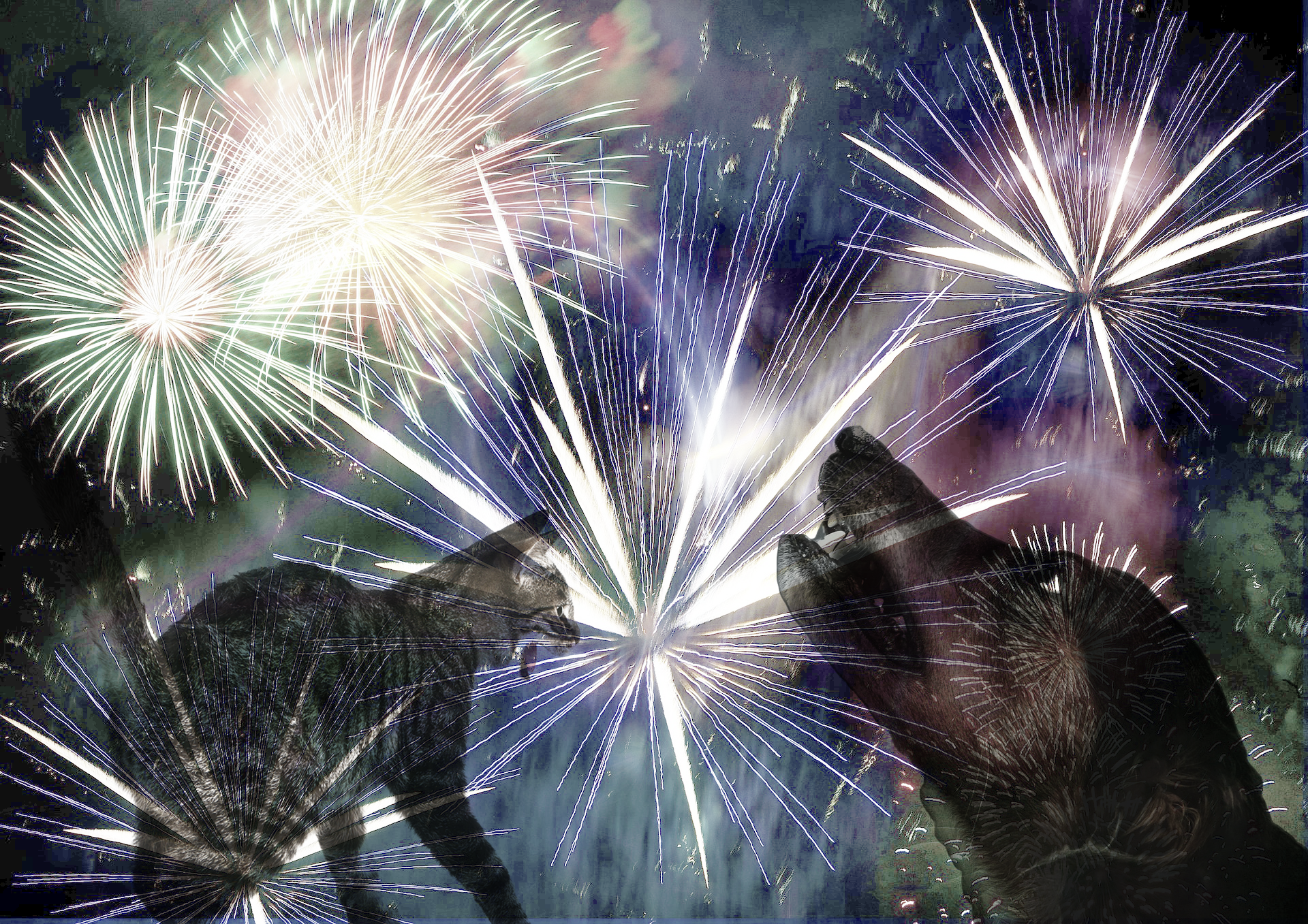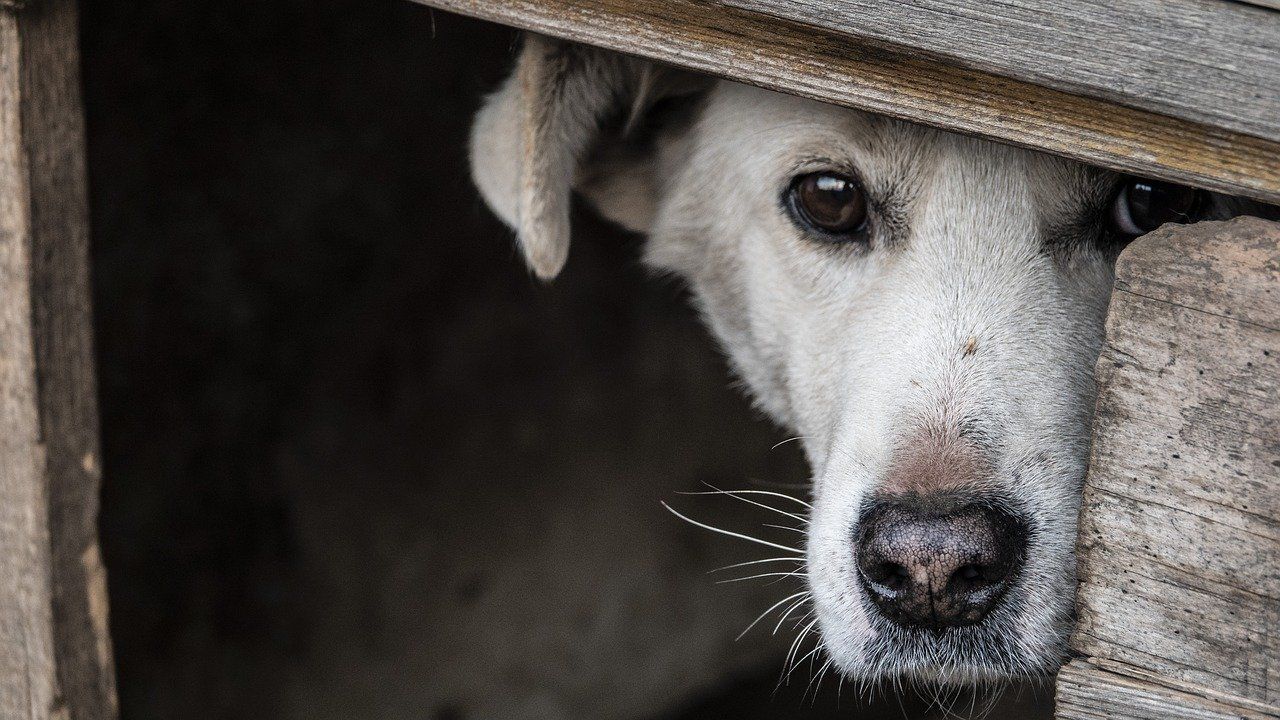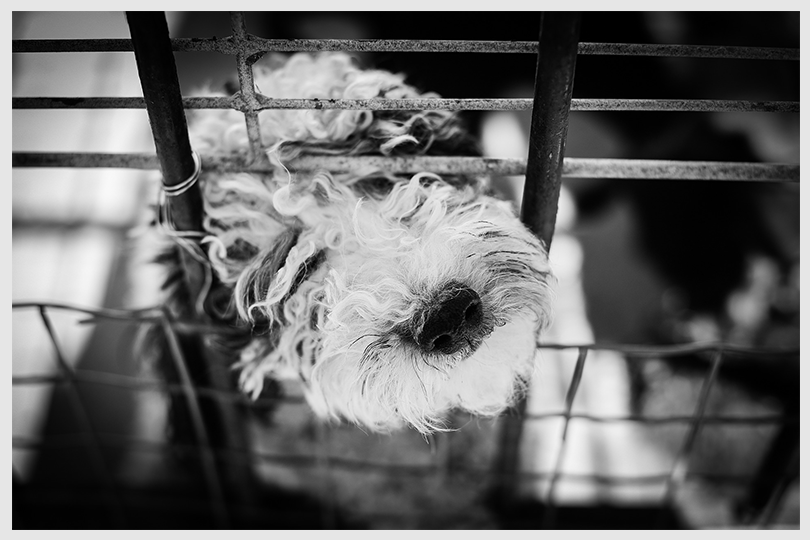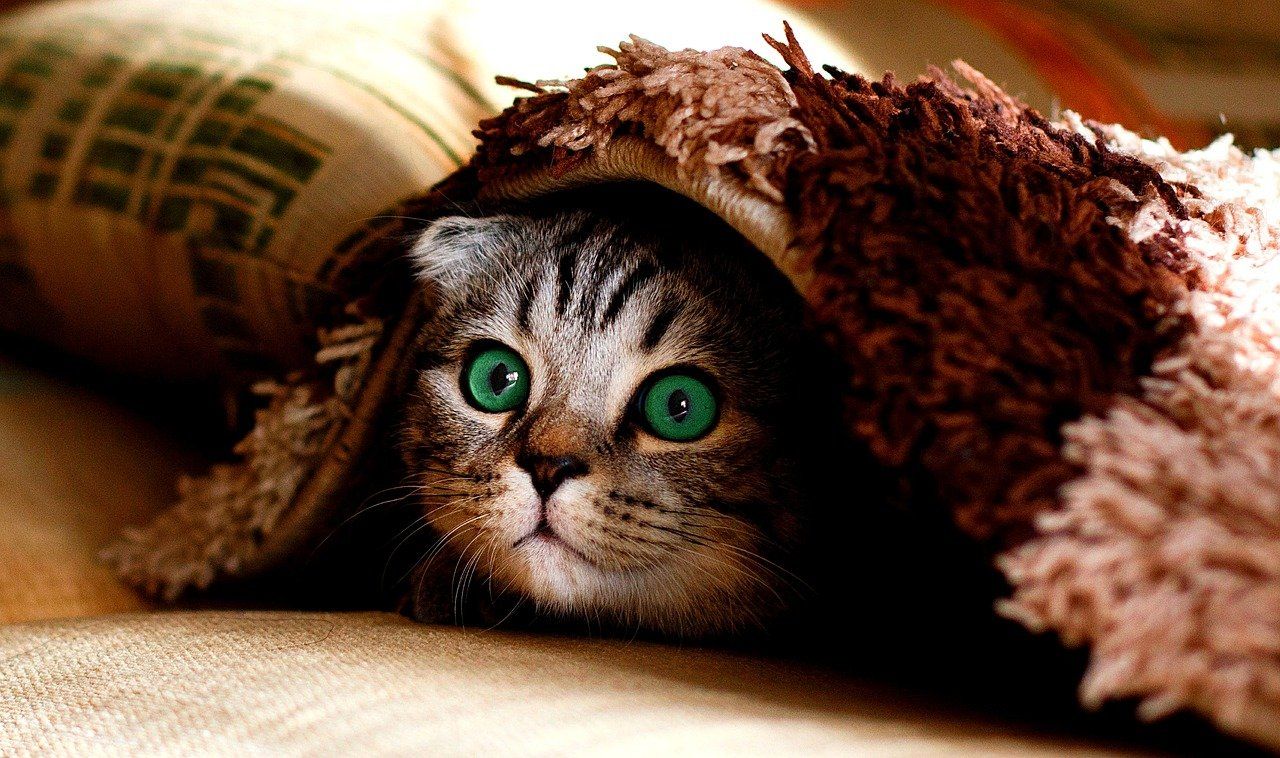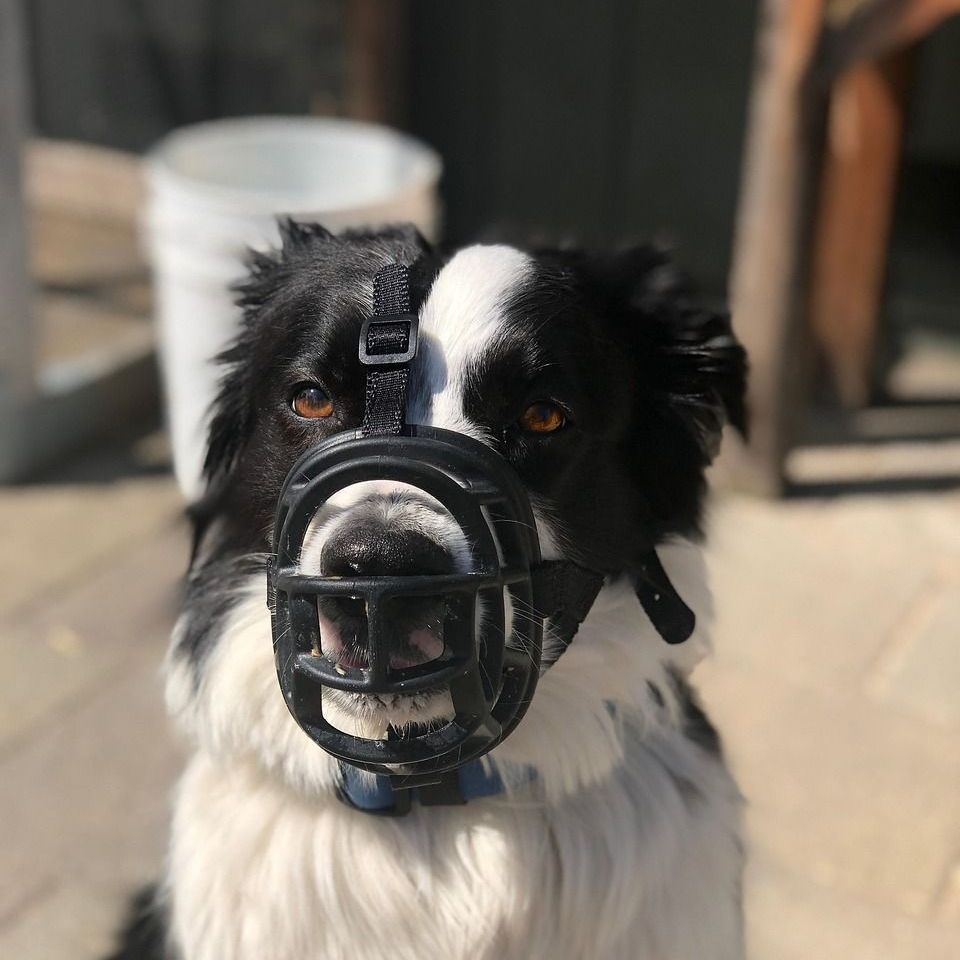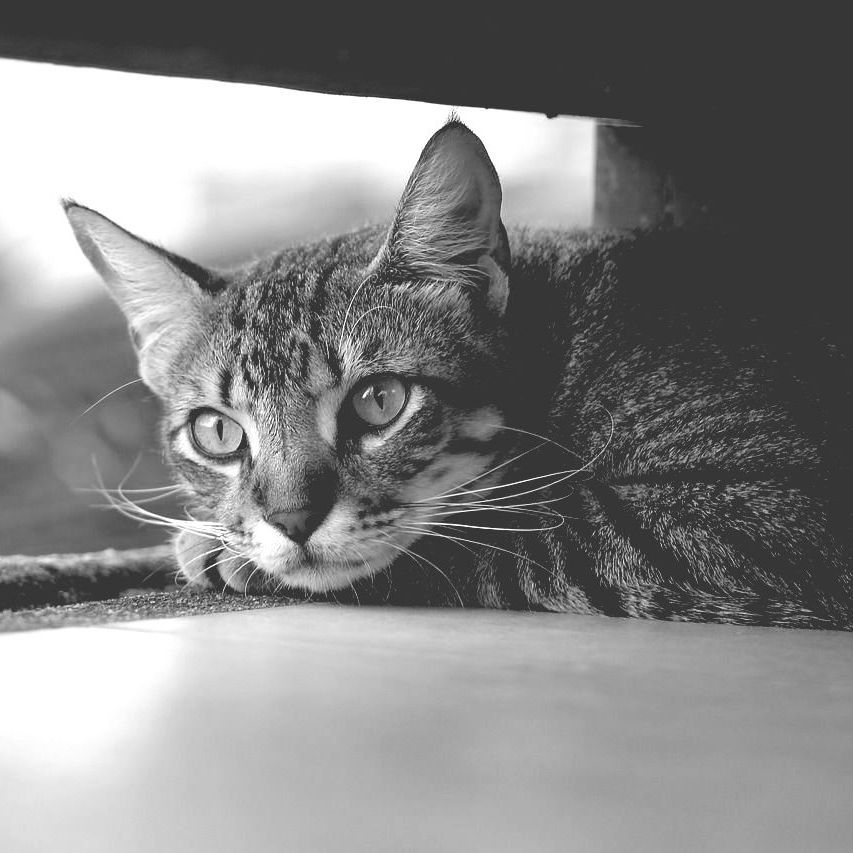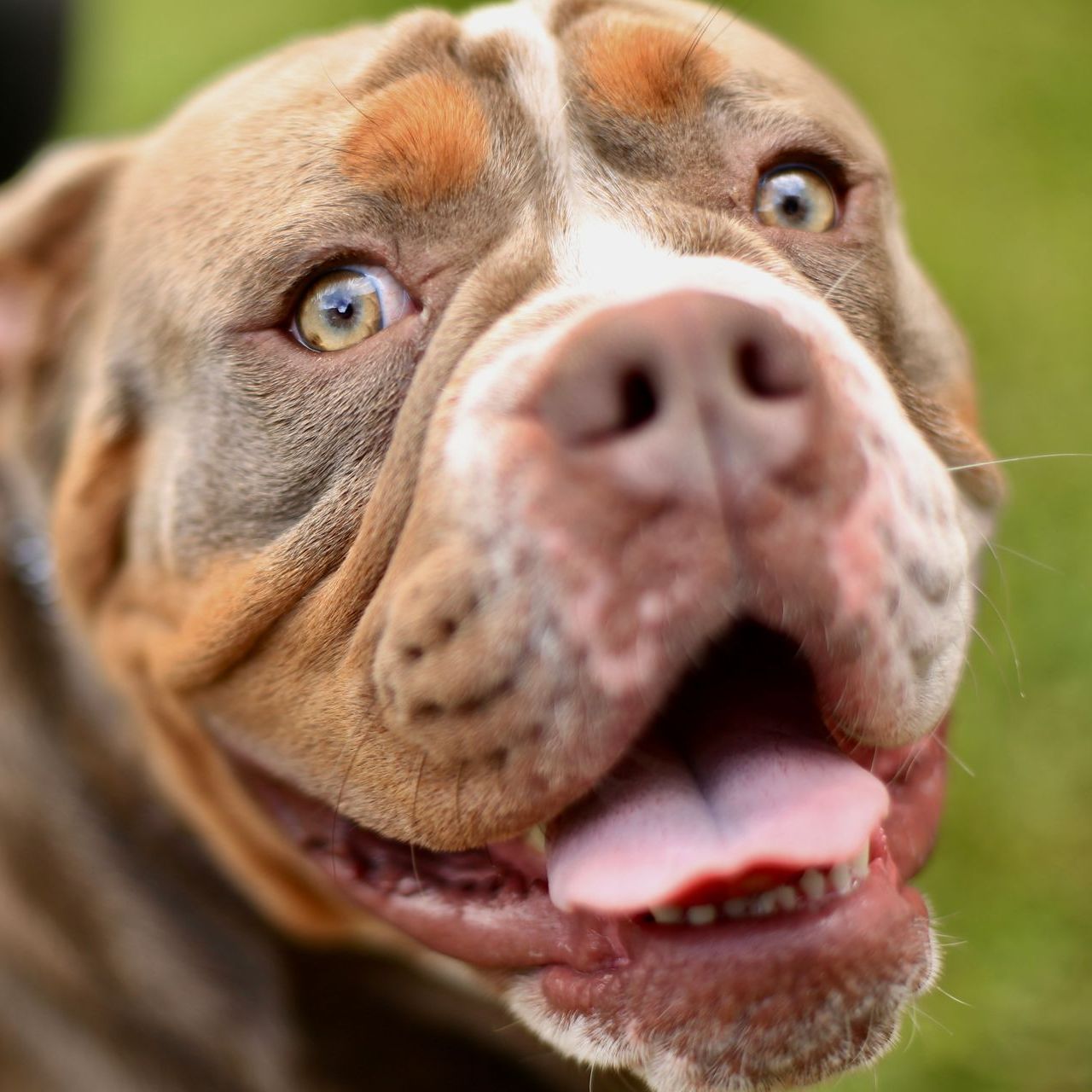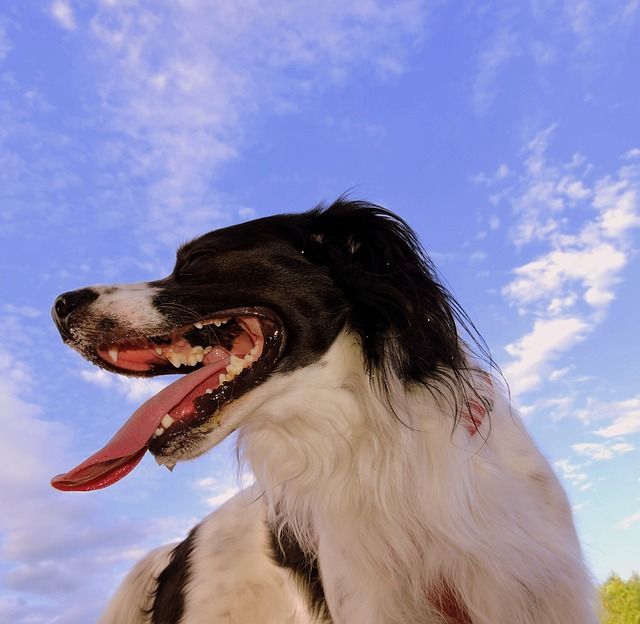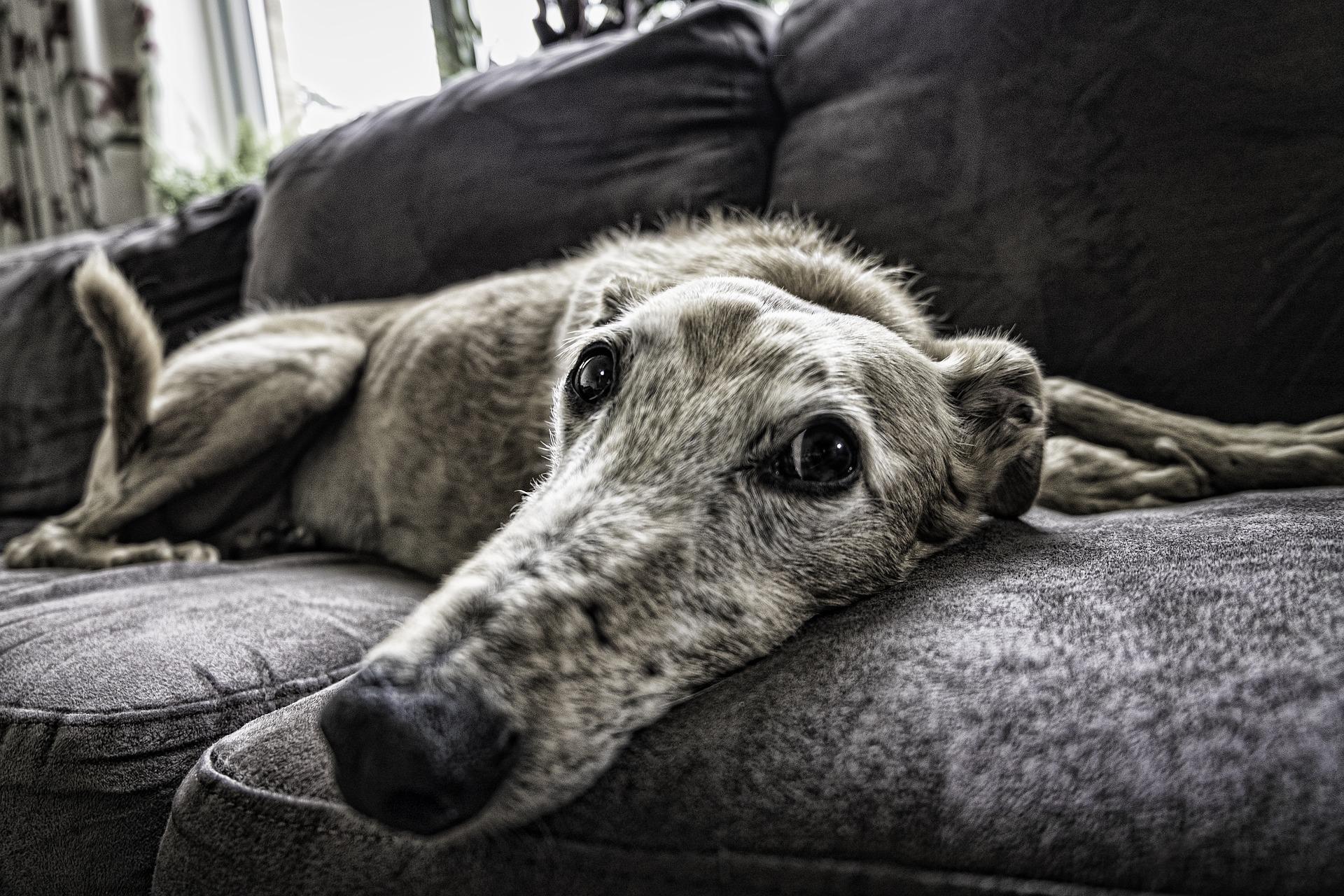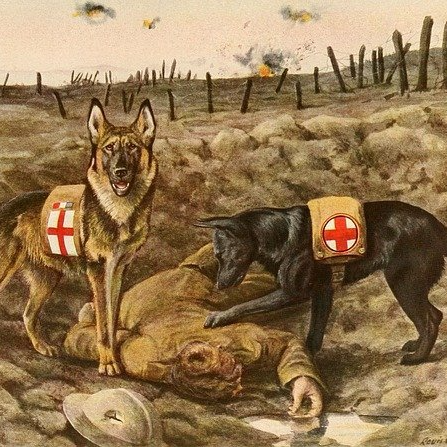Helping Pets Cope with Fireworks
Dheep Kalsi RVN • October 17, 2019
It’s nearly fireworks season!! Fireworks can be stressful to our pets and in turn to us humans but there are many ways to keep calm during this time.
1. Know the signs of fear:
Dogs and cats can show a variety of signs when they are feeling fearful, some have very obvious signs but others may suffer in silence.
What to look out for:
What to look out for:
| Dogs | Cats |
|---|---|
| Tense face, wide eyes, ears back | Hiding in unusual places |
| Pacing, panting, drooling or excessive barking | Avoiding any contact |
| Hiding in dark spaces or digging | Scratching objects or spraying in the house |
| Seeking reassurance from their owners, trying to get as close as possible or not wanting to be touched at all | Eating too much or not eating at all |
| Ignoring treats or games | Excessive grooming |
| Shaking or whining | Toileting indoors or in unusual places |
| Very quiet or very excitable | Not wanting to play or be touched |
| Loss of toilet control or being too scared to move |
2. Keeping your dog calm
Make a Safe Space.
Many dogs like feeling safe and secure. A safe space is an area where the dog is familiar with and can go to at any point. Usually this is a crate or a table that is covered with a blanket and contains lots of the dog’s favourite things such as toys, blankets etc. Safe spaces should not just be made for fireworks season but should be used all year round – they are great for easing a dog whenever it is feeling a little nervous.
For firework season, it can really help to utilise lots of extra padding that absorbs the sounds - so get sofa cushions, blankets, old duvets etc and really pad the safe area out. It can also be better if the dog "chooses" the location and then you adapt it - if they want to hide under the bed, then this is the place you want to adapt.
Pheromone therapy.
Pheromones such as Feliway™, Adaptil™ or Pet Remedy™
can be used in conjunction with all the other techniques mentioned in this blog. They help to promote a feeling of safety for both dogs and cats and come in a variety of methods such as diffusers, sprays, collar and wipes. Thunder shirts are another good method to use as a conjunctive therapy as they act on the pressure points in your animals to help to soothe them.
Keep your dog away from the noises.
Try to keep your dog away from the fireworks. You can do this by walking them in the day, closing the curtains and putting on the TV or radio to mask the sound of the fireworks. Interestingly we find that some dogs can do better if you actually OPEN a window on the front and back of the house as this appears to give the sound some direction which can actually help the dog understand the noise better. It can also reduce some of the "pressure" wave effect that some of the booming fireworks can create.
Leaving your dog may leave them feeling worried, so staying home with them can ease this.
Support your dog.
Your dog may come to you for comfort. Be sure to comfort your dog but try to not act too worried. If your dog senses that you are concerned then their worry will only increase. Try comforting your dog and then distract them with games using toys or treats.
Ensure your dog is microchipped (and the contact details are up to date) and wearing a dog tag.
3. Prevention is better than cure...
... so if you have a young puppy, be sure to try to habituate them to the sound of fireworks. You can do this by playing a sounds CD at a low volume until the puppy is comfortable hearing this and then gradually increase the sounds. Sounds CD’s are available at a variety of places such as the Dogs Trust: https://www.dogstrust.org.uk/help-advice/dog-behaviour-health/sound-therapy-for-pets
NEVER force your puppy to listen or watch the fireworks if they are stressed as this can make the problem worse! Sounds should be played little and often and only be increased in volume once the puppy is comfortable.
NEVER force your puppy to listen or watch the fireworks if they are stressed as this can make the problem worse! Sounds should be played little and often and only be increased in volume once the puppy is comfortable.
4. How to help your cats.
Create hiding places.
This is so your cat can feel comfortable and safe. Cats like to get up high so igloo beds or cardboard boxes can be placed in a safe manner on higher ground to help create this environment for your cat.
Never punish your cat for fearful behaviour.
Sometimes fear can be shown as aggression or other behaviour which we may not always like; during this time these behaviours should not be punished.
Keep your cats away from the fireworks.
Like with your dogs, try to keep your cats away from the fireworks. You can do this by changing the feeding time so that your cat starts to come in before dark in the lead up to fireworks season. Close all windows and flaps once the cats are in to ensure that they don’t run off if they are spooked. Play the radio or TV to help to mask the sound of the fireworks and provide them with support if they come to you.
Microchipping your cat
This is essential as if your cat does run away during fireworks season they can be easily reunited with you. As with dogs, we regularly get animals brought in that have run away and we are not able to contact their owners as they are either not chipped, or the contact details are out of date.
This allows a place for the cats to toilet if they are usually an outdoor cat. Sometimes filling the tray with soil will help to imitate the cats’ usual toileting area better and so they are more likely to use the tray. Keep the tray away from any feeding areas and provide one tray per cat and one spare.
Finally remember to check any bonfires for wildlife!! Hedgehogs love to sleep in bonfires so please remember to check them before lighting them to help save our little wild friends too!!
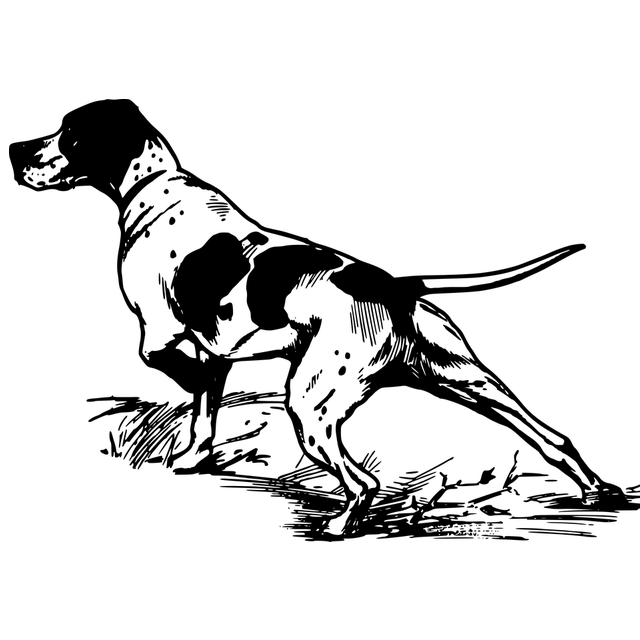
In the second of her series looking at the role of animals in war, vet nurse Meg Gardner looks at life in the
trenches for the men and dogs of Twenty-two Company King’s Fusiliers. An uncompromising tale of life on the front line in 1916, as told from the perspective of the dogs who lived and worked alongside the soldiers of the British Forces. A tale of loyalty and friendship, hardship and loss. As both men and dogs face the horrors of warfare, an unexpected arrival in the trenches shows both dogs and men the value of compassion.
